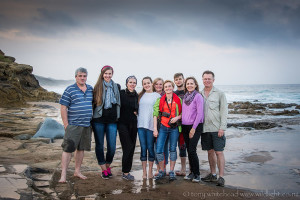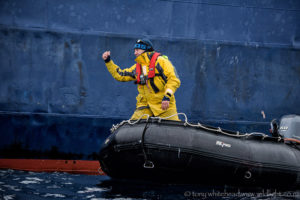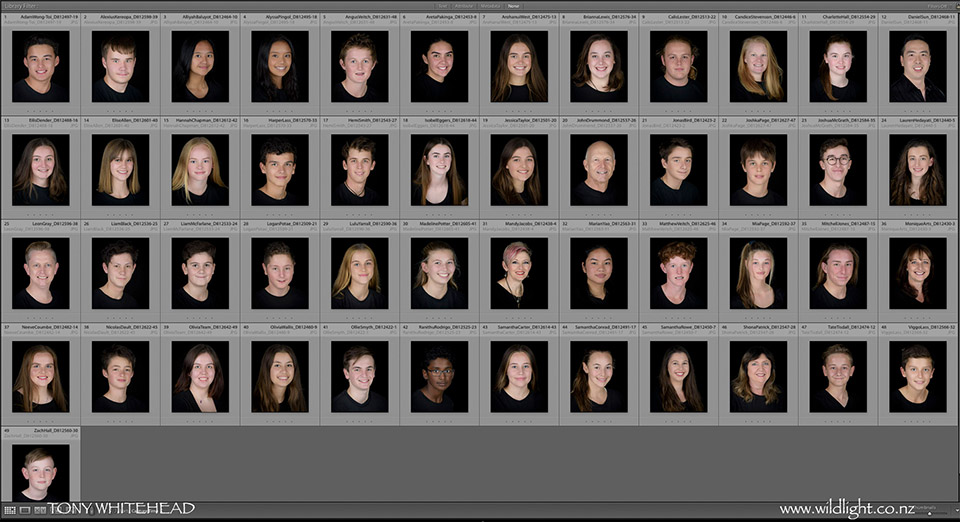
One of the photography genres I have spent some time with over the past 15 years has been stage photography. Some has been school productions, some amateur theatre, and my regular annual job is photographing the NZ Aria opera competition. The biannual recurring job that has been the most time demanding has been photographing the stage shows put on by John Paul College. Edin was lucky to be a part of 4 of these productions and the standard and discipline of the shows she was in directed by Robert Young was fantastic. To work with a professional international director was an opportunity that few school children get. To see them grow and develop their talent under his guidance was fascinating. It also gave them an appreciation of just how much hard work and discipline it takes to polish from good to excellent.
My voluntary role in these productions has been to take headshots of the cast and production team, take some rehearsal photos as the show develops and then get photos of the dress rehearsal for use in the show programme and front of house display. The show currently in rehearsal required 49 headshots so needs an efficient workflow to avoid wasting time. After doing this for so long I have a pretty solid set-up to achieve consistent results that can be processed quickly.
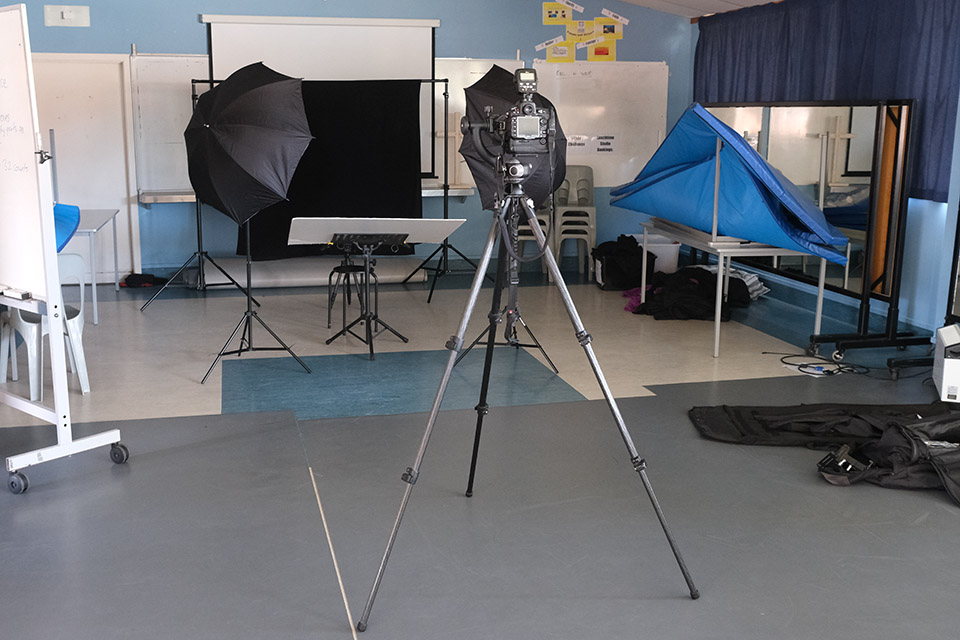
Equipment;
Collapsible background stand and fabric
Posing stool
Collapsible light stands x2
Softbox umbrellas x2
Speedlight/Umbrella mounts x2
Foamcore board with aluminium foil glued to one side (matt surface facing out) to use as reflector mounted to a music stand.
Nikon Speedlights Sb900, SB800, SB600. Nikon SU800 infrared speedlight commander.
Nikon D810 + Nikon 70-200mm f2.8 on tripod
I allow an hour to unpack from my vehicle, set this all up and have test shots completed.
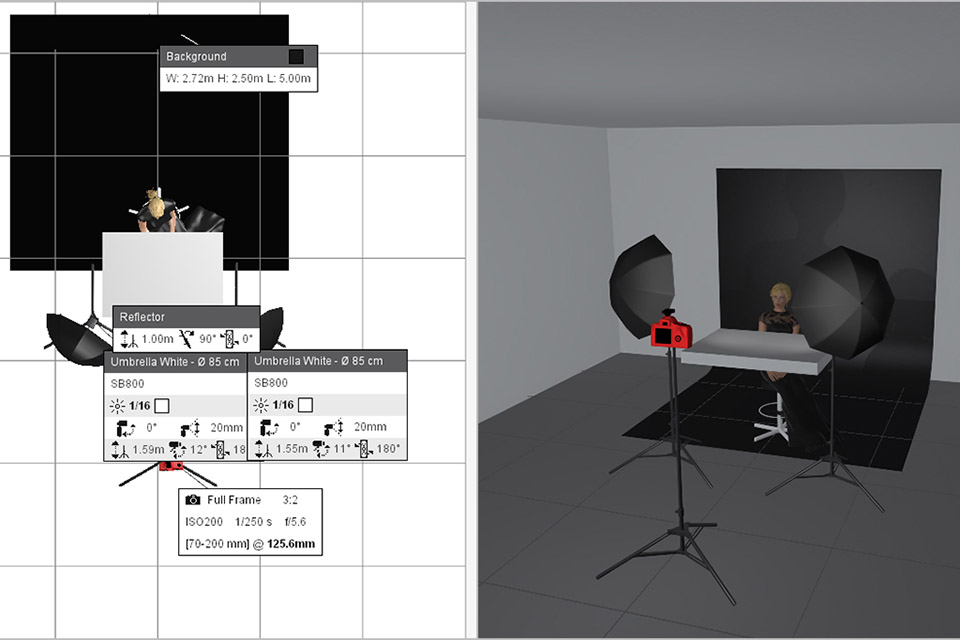
For all shows except one I have used a black background and asked the subject to wear a plain black shirt. This lets me extract a nice portrait that prints well in a programme. My mobile studio consists of a background stand with a large piece of black fleece material to give a matt black background. I use a posing stool to give a fixed point for the subject and set up 2 softbox umbrellas and a reflector to create a very flat soft light that works well for young and not so young subjects. All settings are manual so that exposure is consistent across all frames regardless of skin and hair colour. This is essential to minimise post-processing time. It also eliminates pre-flashes that iTTL flash uses to calculate exposure so reduces the incidence of blinking photos. I try to keep the flash level low (1/16 power) to speed recycling and limit the need for battery changes and bump up ISO to 200 to accommodate this. Shutter sync for flash on my Nikon D810 is 1/250s and f5.6 gives enough depth of field to keep eyes and nose tip sharp. I usually take 3 shots and then review with the sitter to offer them a choice before locking the chosen image file. If there is an issue with hair/expression/blink we can correct it with another set of shots but most are achieved in the first 3. We managed to complete the 49 headshots needed within 2.5 hours.
Once back home images are downloaded with Lightroom. I copy my develop settings from the last time I did the job and applied those settings to the selected files. I then have the 49 files to individually crop in Lightroom and then export to Photoshop. I create a new layer to spot out any acne and possibly clone out braces/correct spectacle reflections before creating a new layer to run through Portrait Professional using a preset with mild skin smoothing and eye enhancement adjustments. The completed TIFF is saved as a master file and then resized and saved as an 8×10 jpeg using JPEGmini Pro. This whole process takes about 3 minutes per image as long as there are no significant retouching issues to deal with. Once all completed the 8×10 files are exported from Lightroom with a preset as 800px files and placed in a Google Drive folder for the programme designer.
